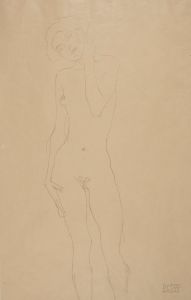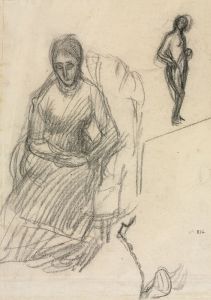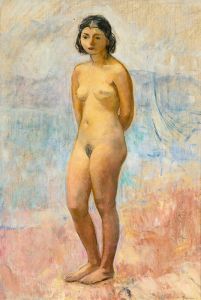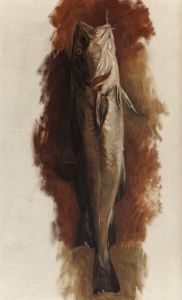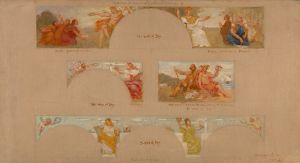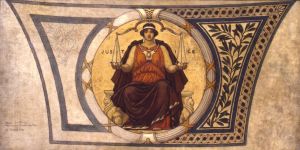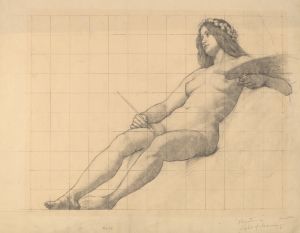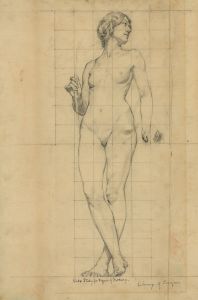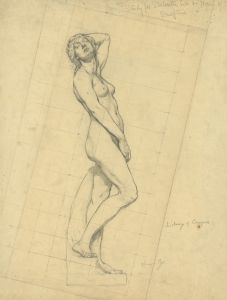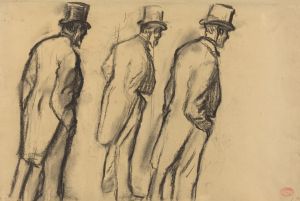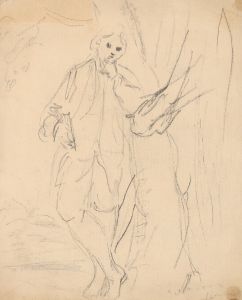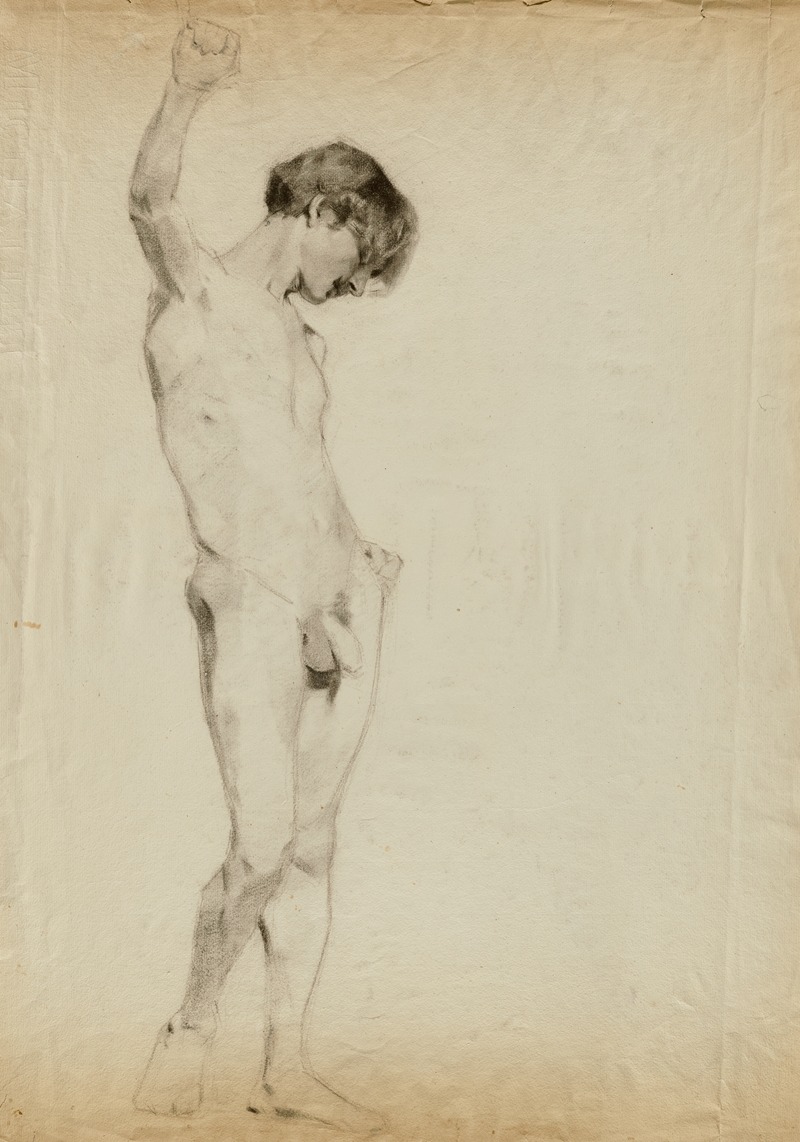
A hand-painted replica of Kenyon Cox’s masterpiece , meticulously crafted by professional artists to capture the true essence of the original. Each piece is created with museum-quality canvas and rare mineral pigments, carefully painted by experienced artists with delicate brushstrokes and rich, layered colors to perfectly recreate the texture of the original artwork. Unlike machine-printed reproductions, this hand-painted version brings the painting to life, infused with the artist’s emotions and skill in every stroke. Whether for personal collection or home decoration, it instantly elevates the artistic atmosphere of any space.
Kenyon Cox was an American painter, illustrator, muralist, writer, and teacher, who played a significant role in the American art scene during the late 19th and early 20th centuries. Born on October 27, 1856, in Warren, Ohio, Cox was the son of Jacob Dolson Cox, a Union general during the Civil War and later a politician. Kenyon Cox's artistic journey began with his studies at the McMicken School of Design in Cincinnati, followed by further education at the Pennsylvania Academy of the Fine Arts in Philadelphia. Seeking to refine his skills, he traveled to Paris in 1877 to study at the École des Beaux-Arts under the tutelage of renowned artists such as Jean-Léon Gérôme and Carolus-Duran.
Cox's work is characterized by its adherence to classical traditions and academic style, often reflecting themes of idealism and beauty. He was a prominent figure in the American Renaissance movement, which sought to revive classical art forms and integrate them into modern American culture. His paintings and murals often depicted allegorical and mythological subjects, rendered with meticulous attention to detail and composition.
One of Cox's notable contributions to the art world was his involvement in the decoration of public buildings. He was commissioned to create murals for several significant institutions, including the Library of Congress in Washington, D.C., and the Wisconsin State Capitol. These works exemplify his commitment to classical ideals and his ability to convey complex narratives through visual art.
In addition to his painting and mural work, Kenyon Cox was a prolific writer and art critic. He contributed essays and reviews to various publications, where he articulated his views on art and its role in society. His writings often emphasized the importance of technical skill and the study of classical art as a foundation for contemporary artistic expression.
Cox also played a vital role in art education. He taught at the Art Students League of New York, where he influenced a generation of artists with his emphasis on drawing from life and understanding the human form. His teachings and writings helped shape the discourse on art education in the United States during his time.
Despite his significant contributions to American art, specific details about individual paintings by Kenyon Cox are not always widely documented. His body of work, however, remains a testament to his dedication to classical art principles and his influence on the American art scene. Cox passed away on March 17, 1919, leaving behind a legacy of artistic achievement and educational impact. His works continue to be studied and appreciated for their technical excellence and embodiment of classical ideals.






